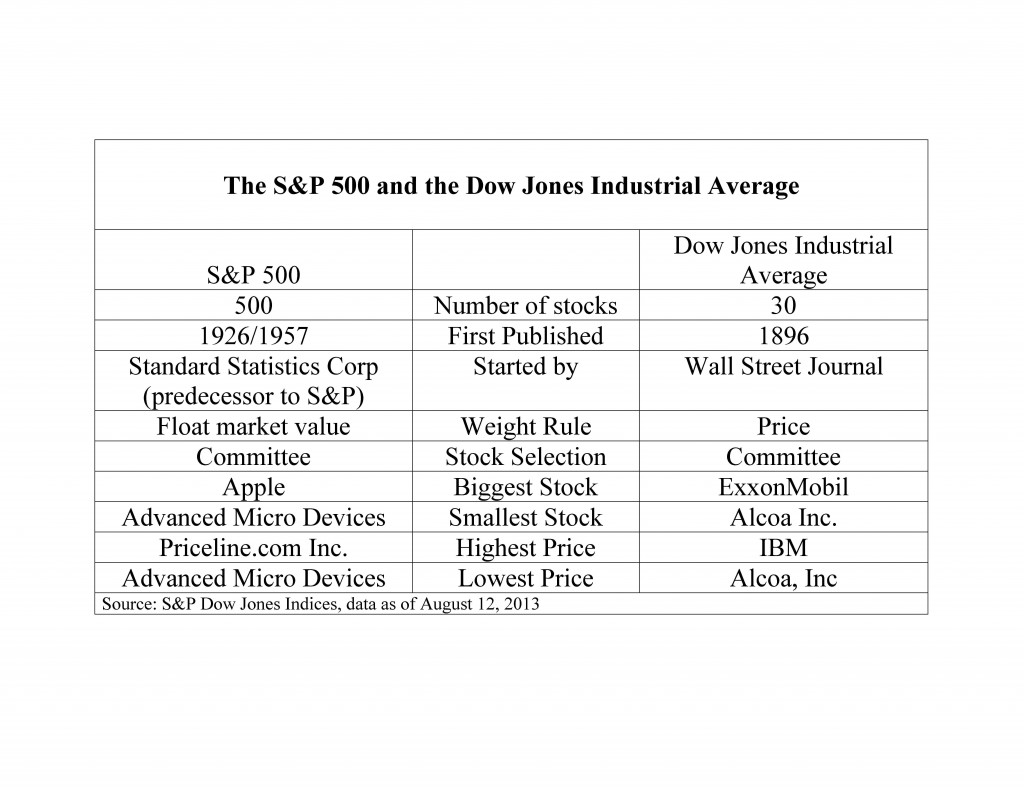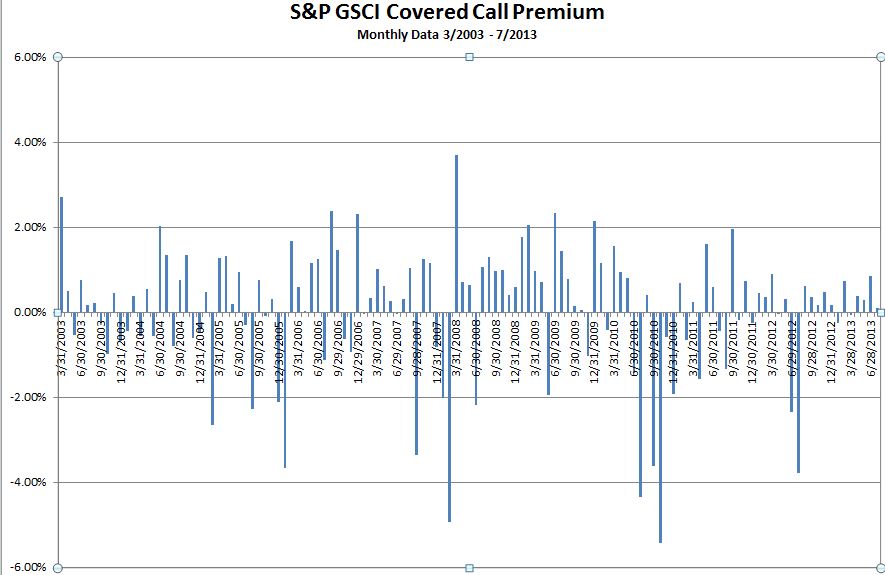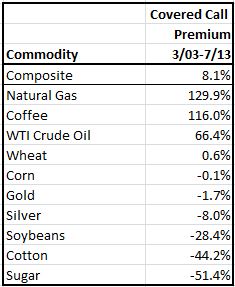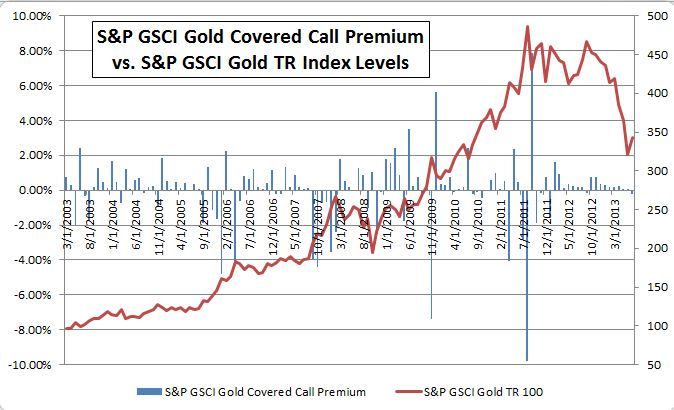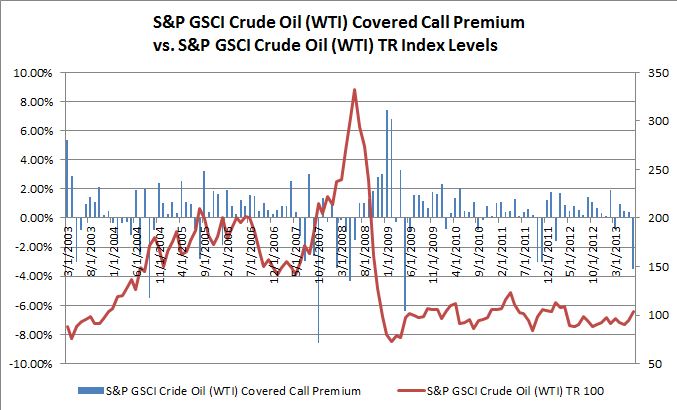Multi-asset strategies have been traditionally offered via active management. Institutional and high net worth investors have used multi-asset strategies to meet their specific needs such as matching liabilities and achieving absolute returns. As the indexing industry evolves beyond asset class beta and systematic risk premia, we are starting to see multi-asset investment solutions offered in a pre-packaged index format. S&P Dow Jones Indices offers a suite of multi-asset strategies ranging from target date to target volatility indices. The table below highlights examples of multi-asset solutions that have been indexed or can potentially be indexed.
In our recent paper, The Role of Multi-Asset Solutions in Indexing, we cover a number of multi-asset solutions that can be indexed. We discuss three case studies in detail: risk parity, income generation and inflation protection. Our analysis shows that portfolio risk can be mitigated by diversifying across asset classes while meeting the specific investment objective, whether it’s income, inflation protection or balanced asset class risk exposure.
The posts on this blog are opinions, not advice. Please read our Disclaimers.




